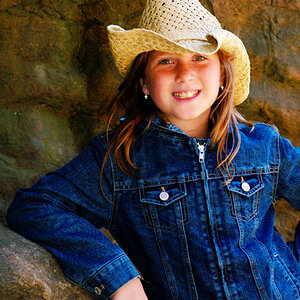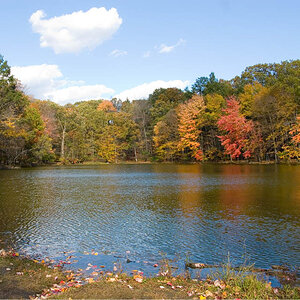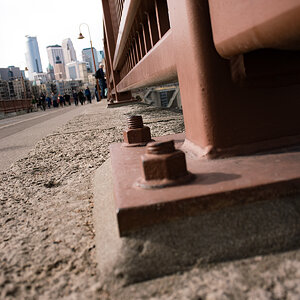mamarazzi_hrd
TPF Noob!
- Joined
- Jun 30, 2008
- Messages
- 87
- Reaction score
- 0
- Location
- Kentucky
- Can others edit my Photos
- Photos OK to edit
I have a new D300 and I took some really great shots of my 2 year old daughter. When I pull them up in Lightroom, they are super-duper sharp but when I send them off for prints, they come back just "OK"....they loose some of that sharpness. Is this normal???? How do I fix this?
TIA!
TIA!



![[No title]](/data/xfmg/thumbnail/34/34345-5642c495cae8d6c7bb83c28664146cf1.jpg?1619736381)









